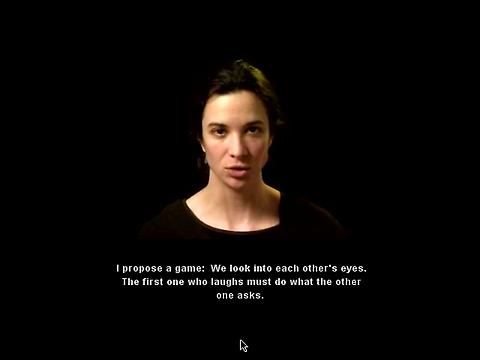Abstract
Referring to Turner's depiction of the London fog, Oscar Wilde believed that artists have the ability to teach us how to look at the world and furthermore to show what the world is about. It is interesting from this perspective to revisit the debate among ancient Greek philosophers on the nature of vision: Aristotle's "radiating objects" and Pythagoras' "visual fire" pointed to a process of continuous re-editing of what is called reality, and of our idea of it, which has transformed the face of the Earth. This process of manufacturing context, both physical and intellectual, has now set to challenge the very basis of visual intelligence as we learn to put into question the single point of view of the Italian Renaissance, embracing complexity, chaos and uncertainty. Suddenly and yet again, creativity and the quest for beauty appear to be rooted in anxiety and it's production, a necessary and humbling exercise in forging evidence for what may be.
Artists of the late millennium are, sometimes carelessly, using new techniques to materialize their own views of things. Installations and gear by a few dozen artists including myself offer experiences more or less interactive, reactive, immersive, that are staging processes more or less "intelligent" or "genetic", packaged in more or less engaging or eloquent metaphors for what's happening to us or for what may be out there. This talk will look at forged evidence -- artworks -- by some of those who bother to engage creatively with technology. It will do so with these questions in mind: What's happened to "beauty"? And can we, as Wilde suggested, look at today's artworks as indications of the kind of world we are moving into.
